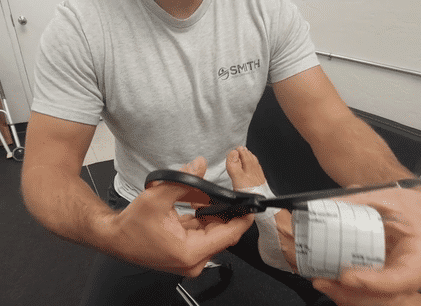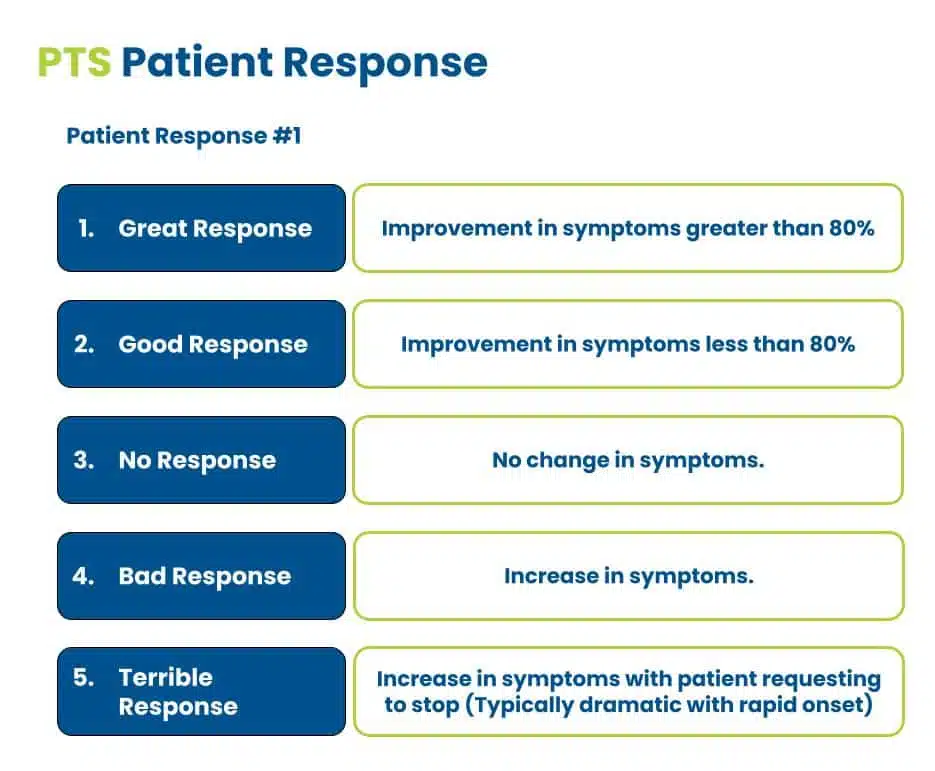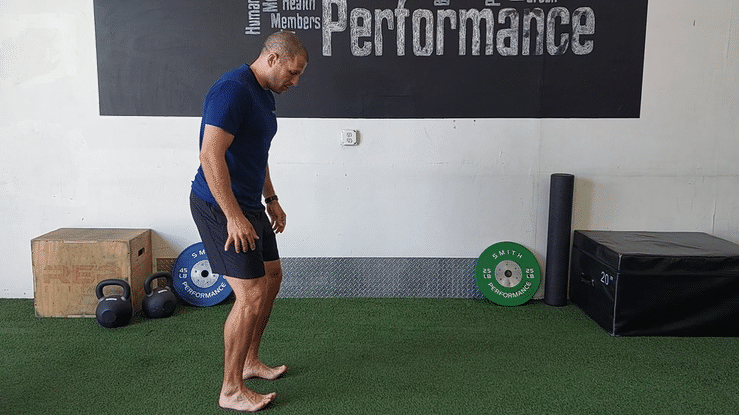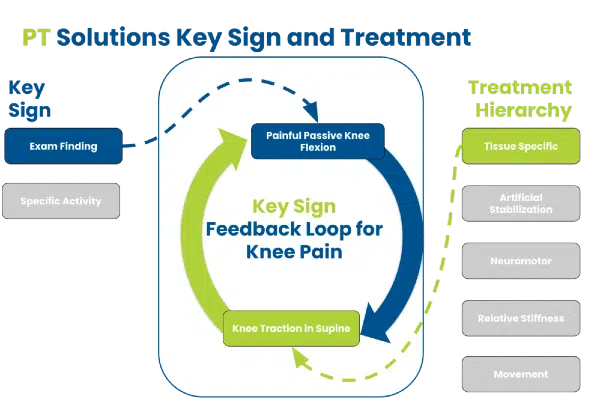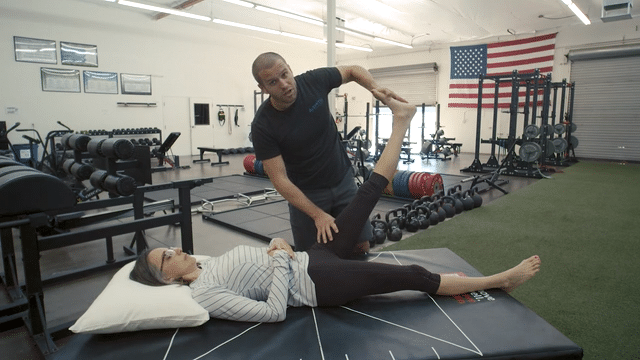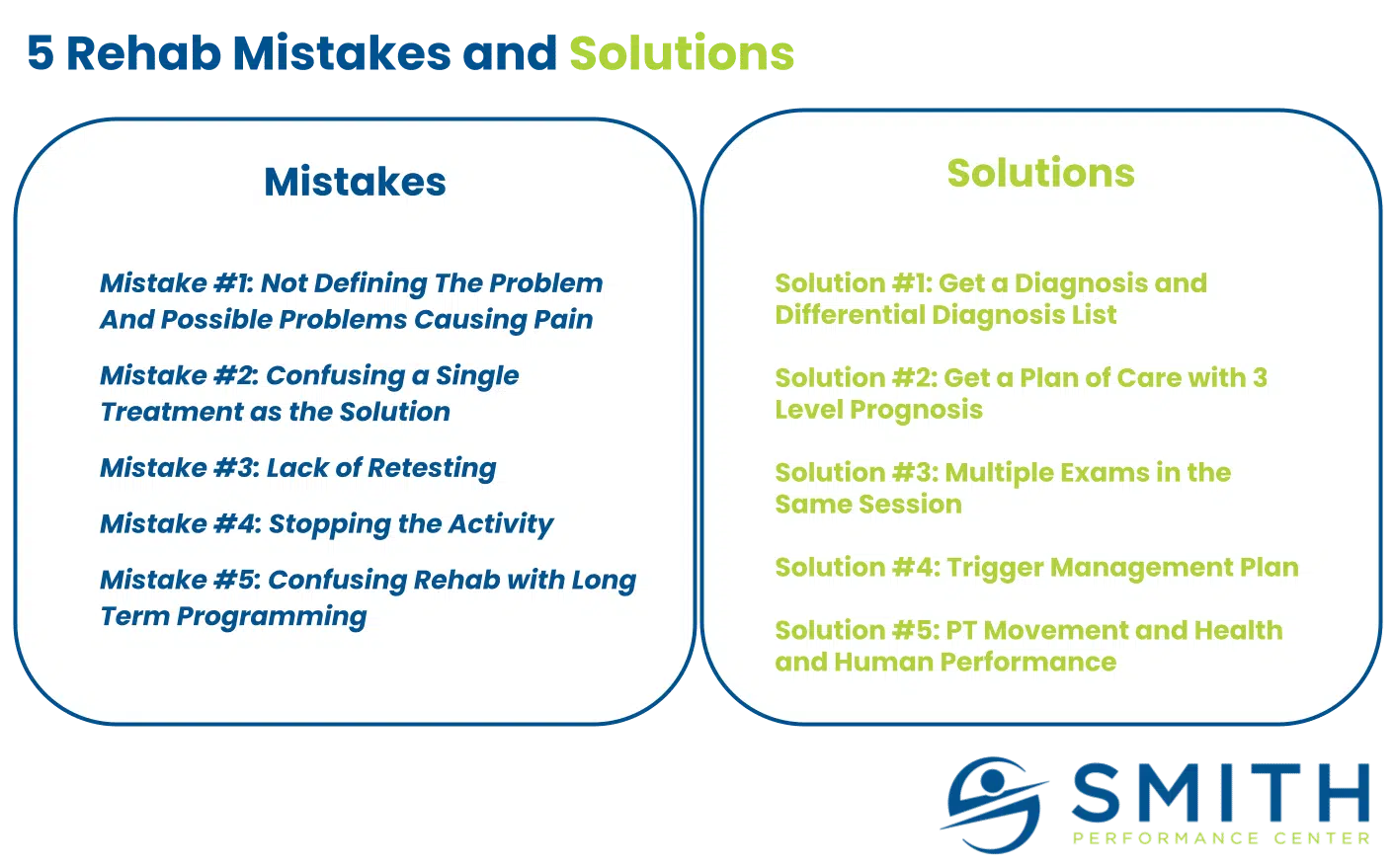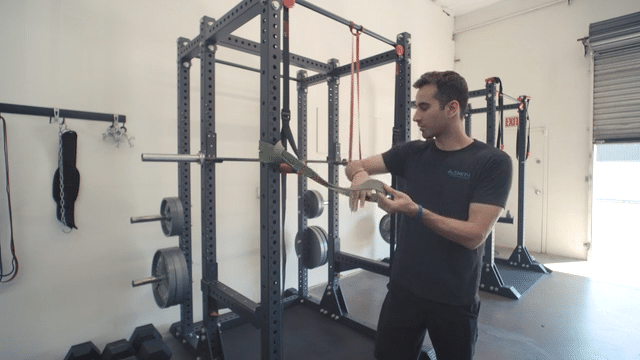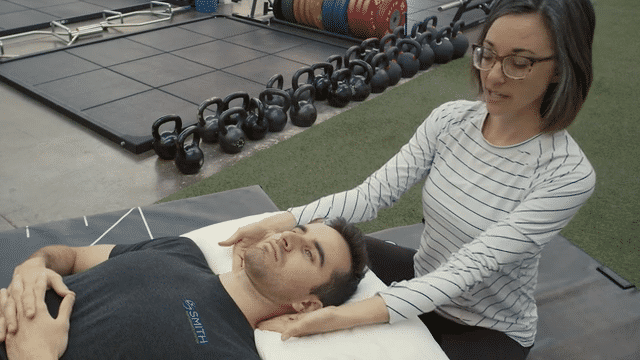
Understanding Vestibular Issues with Alex Griffis, PT, DPT
When it comes to dizziness and balance issues, few areas of physical therapy are as fascinating and misunderstood as vestibular rehabilitation. Dr. Alex Griffis, PT, DPT, sheds light on common conditions like Benign Paroxysmal Positional Vertigo (BPPV) and the surprising role of vision and proprioception in maintaining balance. With techniques like habituation training, he helps patients regain control over their symptoms. If you’ve been struggling with unexplained falls or dizziness, discover how a multi-layered approach at Smith Performance Center can help you regain confidence and improve your quality of life.

